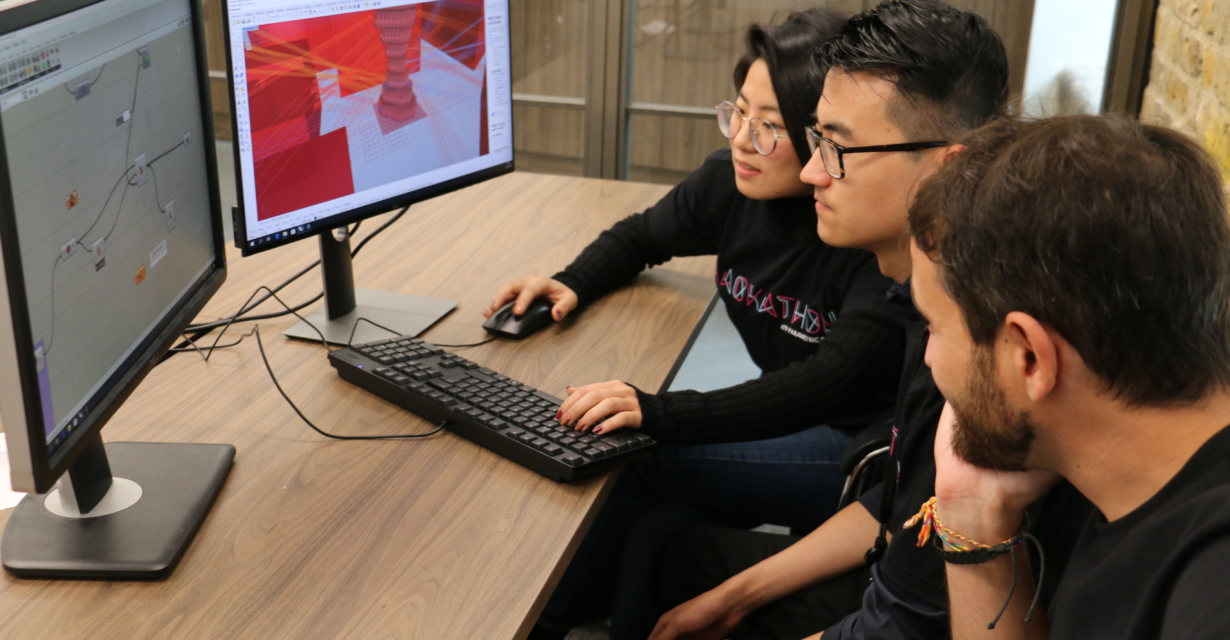How an experiment led to game-changing workflows
By WATG
December 4, 2019
Trial and error have long been an integral part of designers’ every day process, but it’s not often we’re encouraged to fail. Throwing caution, deadlines and heightened expectations to the wind, WATG and Wimberly Interiors recently held its first-ever Hackathon: a multi-studio global event where thirty participants banded together to focus less on the end product and more on discovering new workflows with parametric tools.
Ten teams, which ranged from one to five people and, in some cases, spanned countries and time zones, were asked to design any concept they pleased within a 10 x 10-ft parameter, with an emphasis on using parametric software such as Rhino and Grasshopper. WATG has long understood the benefits of parametric design, utilizing these algorithmic programs to enable staff to work faster and more efficiently – ultimately freeing up space to focus on what we do best: design.
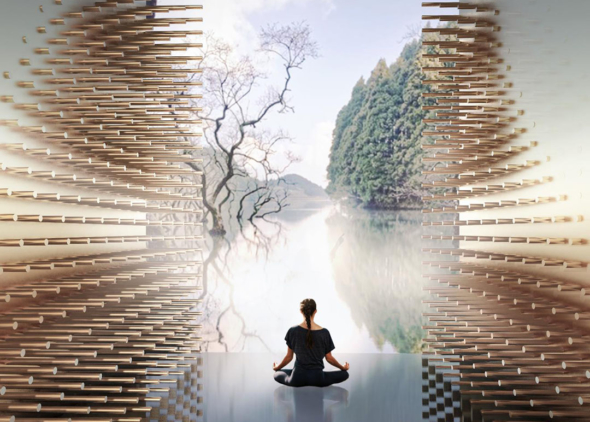
Leading the charge of the Hackathon was WATG Chief Innovation and Investment Officer Peter Priebe, who formed the judging panel alongside Associate Vice President Chiara Calufetti-Lim, Global Technology Design Lead, Daniel Caven, and Design Technology Specialist Andrew King. Submissions – which ranged from mobile wellness pods to a flexible roof design that adjusts its shading based on solar movements – were assessed on teams’ utilization of parametric tools, the quality of design output, speed of design execution, forward-thinking idea or new workflow, and iterative parametric process.
In the end, the winning team that went above and beyond was Singapore’s Young Grasshopperz, who designed a digital tea ceremony with the ultimate goal of lowering a person’s heart rate after having a mindful moment. Demonstrating how technology can play a role in humans’ mental health and well-being, Daniel Laster, Jonathan Lim, Yaofei Sun, Yorke Wu, Mauro Moro and Engilbert Gonowon used a 3D cardiograph to track an individual’s heart rate, and a tilt sensor inside a tea cup that triggered a meditative bell sound any time they take a sip. In addition to the idea, the team’s execution was also incredibly innovative – projecting a real-time form onto their conference room table.
Team Young Grasshopperz commented, “For WATG’s Hackathon, we were interested in testing the limits of what’s possible in parametric design. The central idea was capturing the human heartbeat with physical sensors and visualizing it in Augmented Reality. The tea ceremony became a means to connect these tools in a holistic way.”
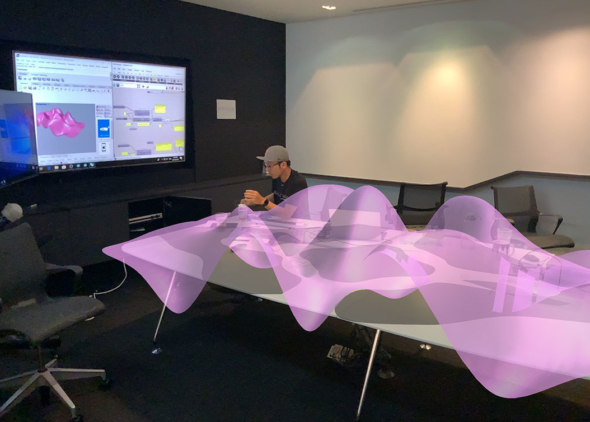
The winning team received a custom 3D printed trophy that was designed and printed in-house, in addition to a cash prize which was also rewarded to three other innovative teams. Team Party Hackers, with staff from Irvine and Singapore, developed a concept that used music to design a form, leveraging parametric tools to create sculptures that could be utilized in a hotel lobby, wall designs in a spa environment, or even interactive sculptures in the public realm. Some submissions focused on robust data visualizations to aid with site planning, while others focused on workflows that simplify how we develop cost-effective design options for our Clients.
“I am truly impressed by the effort and talent we have at WATG. The outcome of the Hackathon exceeded my expectations, across all the offices. With these now known abilities, I hope to see parametric practices on every project,” said Daniel Caven, Global Design Technology Lead, who is currently leading the development of the world’s first freeform 3D printed house.
“In Irvine, we’re already seeing project-related results. Immediately following the Hackathon, a designer working on a new project in Southern China encouraged her team to attempt a design using the parametric workflows she researched at the Hackathon. Two evenings of experimentation (and results!) gave the team the confidence they needed to implement an alternative workflow on a deadline. That’s a clear win for the designer, her team, our office and our Client,” said Andrew King, Design Technology Specialist.
“The Hackathon is just the tip of the iceberg for WATG. We have always been known as creative; now, this moves us truly into the innovative space of design. To create and design in a new way with bolder technology and processes, we will attract new clients, continue to separate ourselves from the competition, and appeal to the best talent from around the globe,” said Peter Priebe, Chief Innovation and Investment Officer.
All in all, the Hackathon introduced new ideas by challenging our designers to break out of their typical workflows and try something different. While it’s common to seek innovative inspiration externally, our Hackathon proved that sometimes the best ideas are sitting right in front of you.
Latest Insights
Perspectives, trends, news.
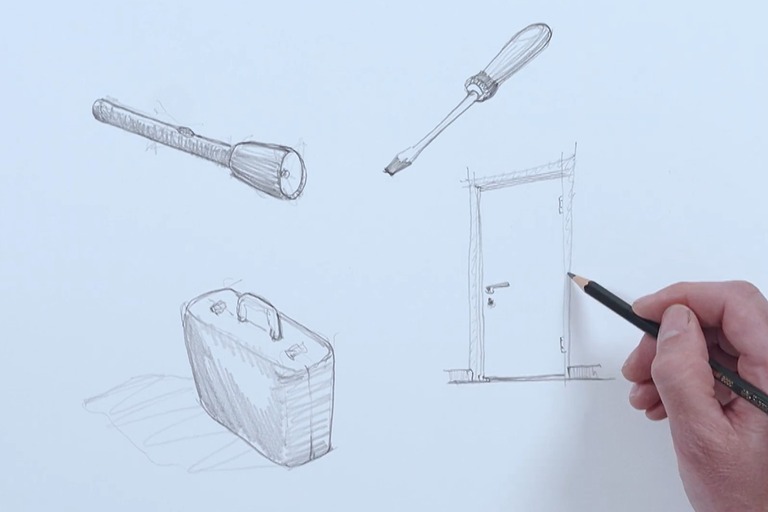
- News
The Torch, The Screwdriver, and the Pencil – Pete Wimberly’s Story
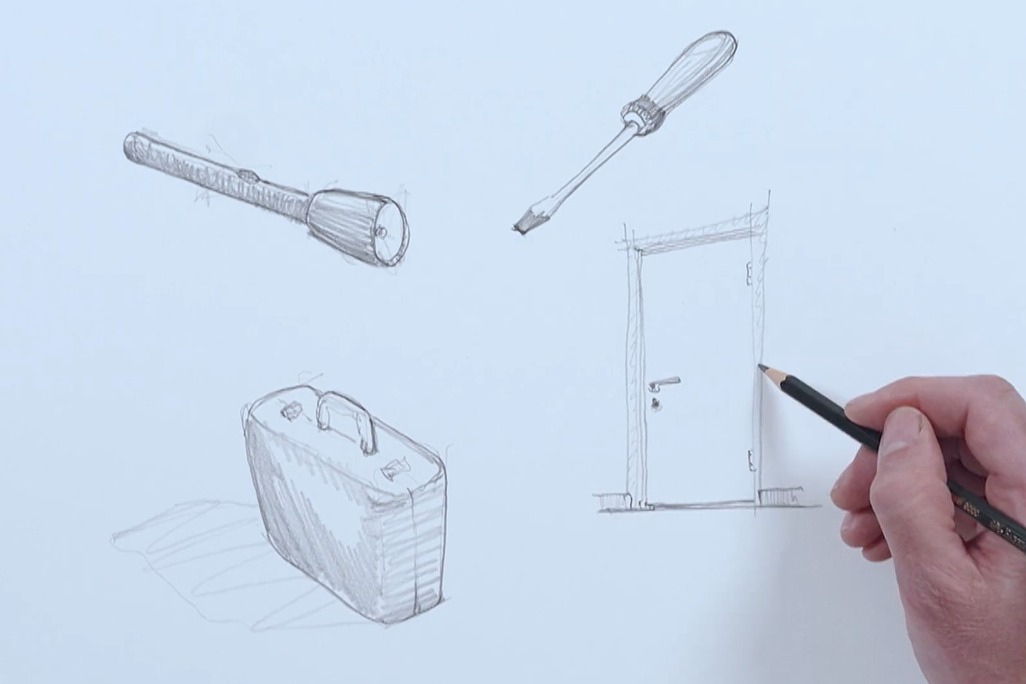
- News
The Torch, The Screwdriver, and the Pencil – Pete Wimberly’s Story
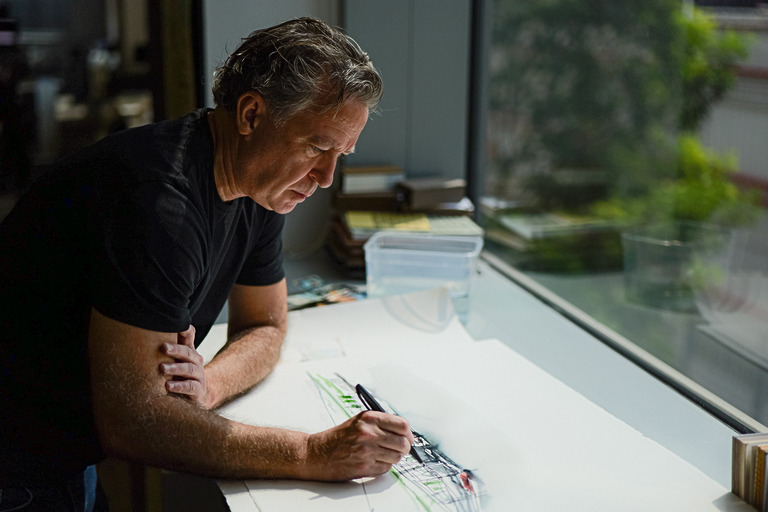
- Employee Feature
Ian Simpson: Constantly Curious, Constantly Creative
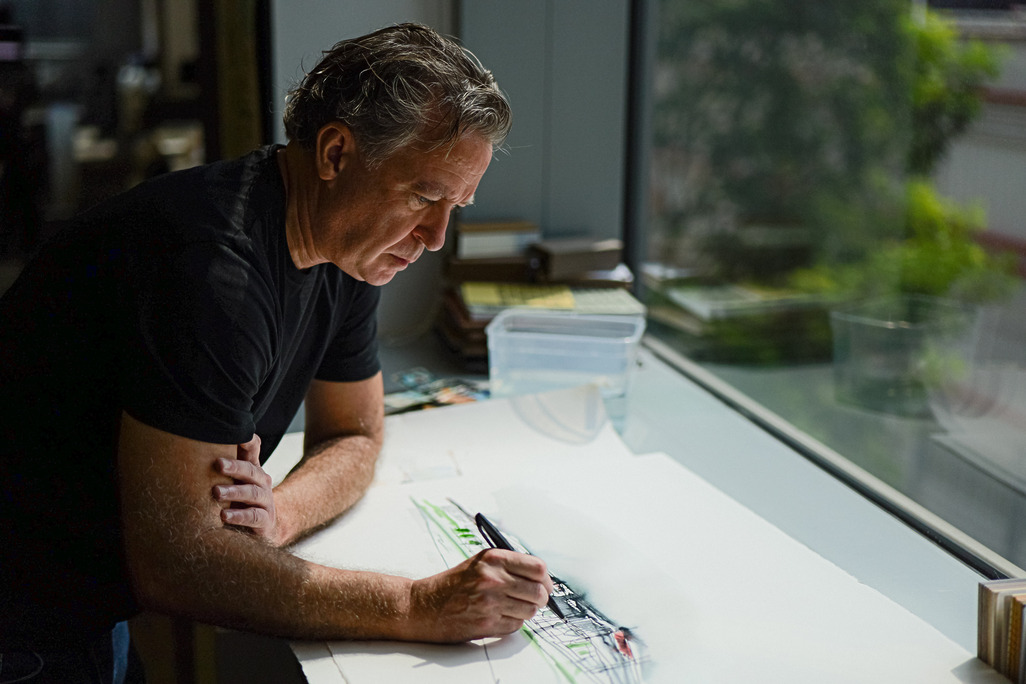
- Employee Feature
Ian Simpson: Constantly Curious, Constantly Creative
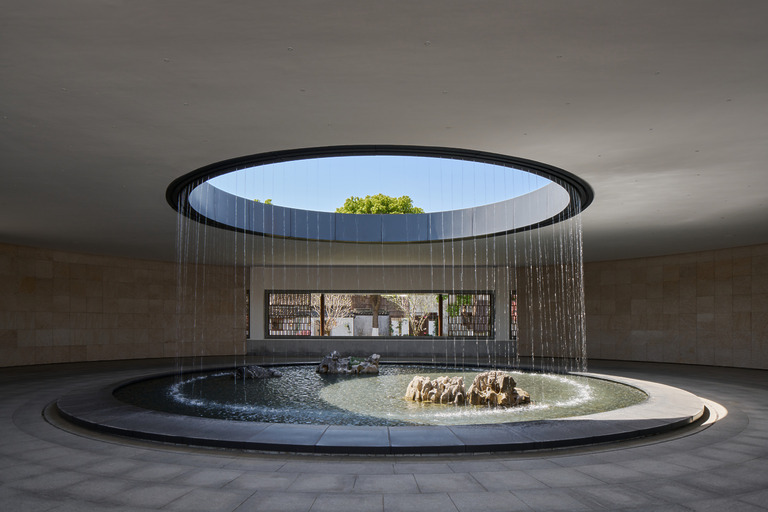
- Strategy & Research |
- Design Thinking & Innovation
Designing the Arrival Experience
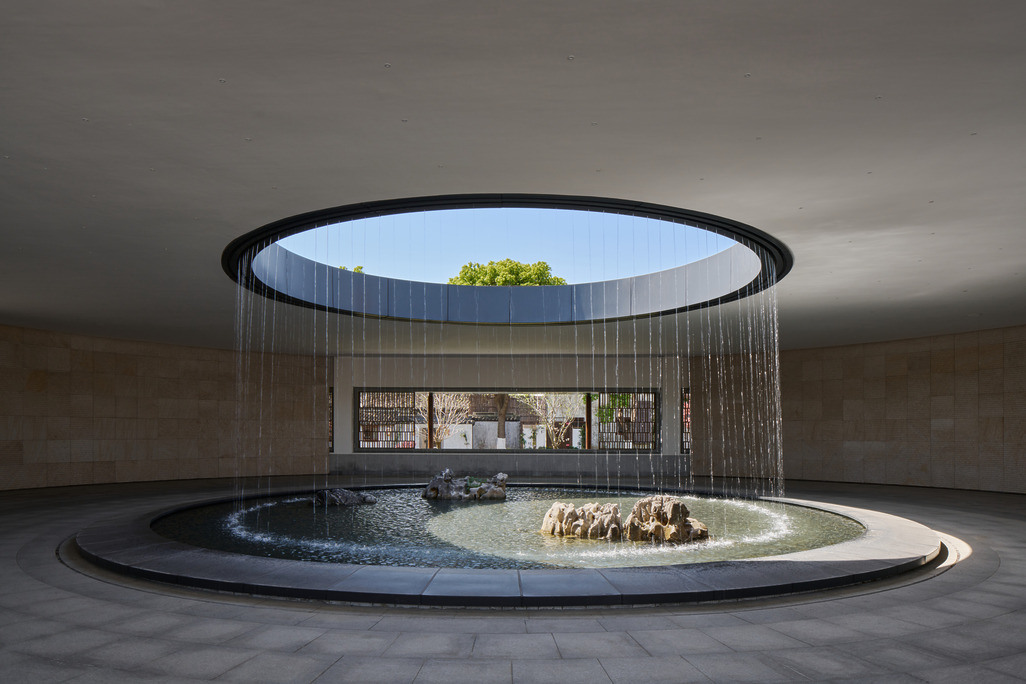
- Strategy & Research |
- Design Thinking & Innovation
Designing the Arrival Experience
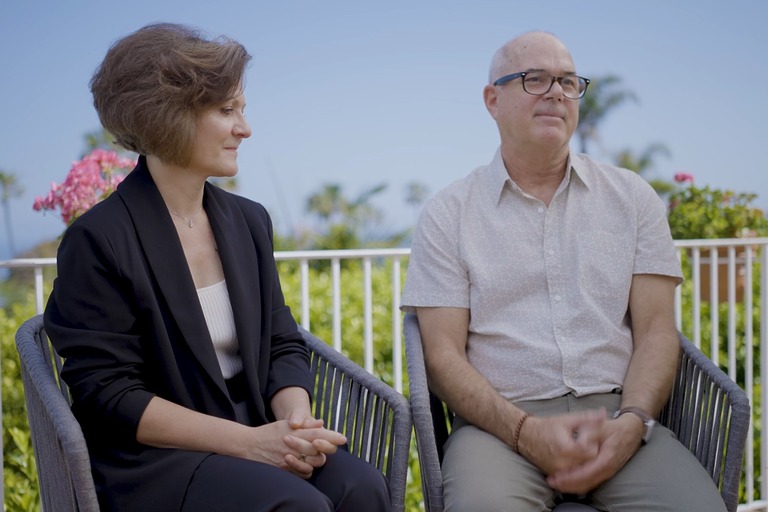
- Employee Feature |
- Inside WATG
Mentorship, Community, and Creativity: WATG’s Blueprint for the Next 80 Years
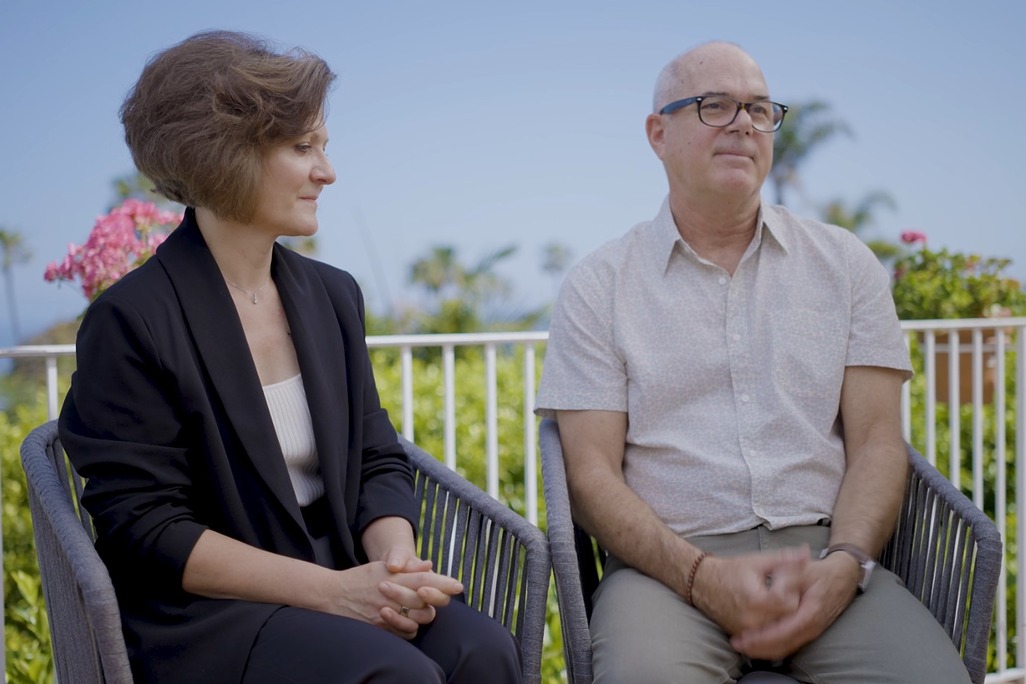
- Employee Feature |
- Inside WATG
